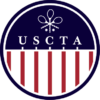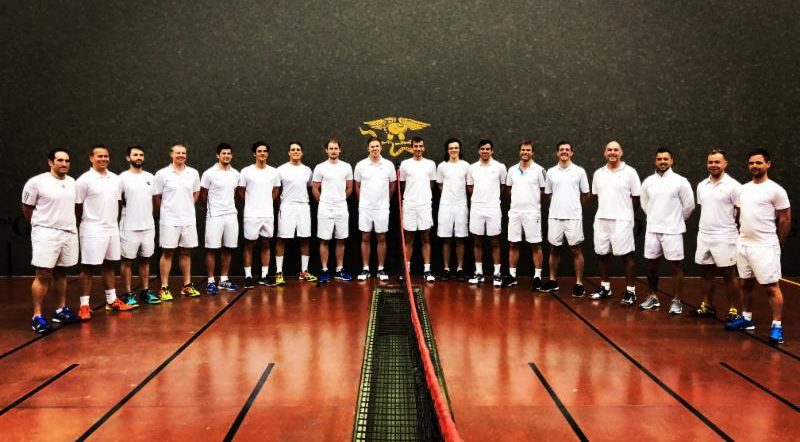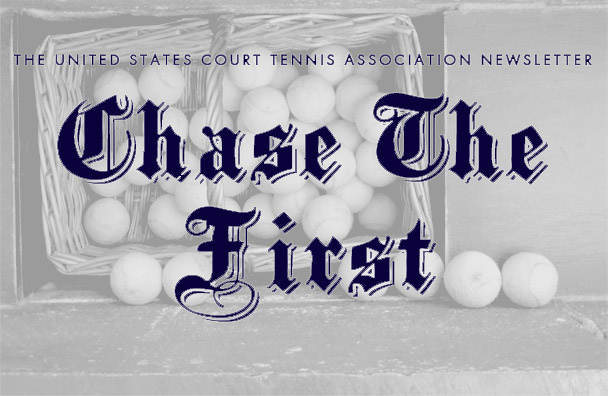The game, created in the Middle Ages, takes place on an enclosed court and players can score by rebounding the ball off the walls and roof. Fans include KBC Peel Hunt Chief Executive Officer Tim Cockroft, GW Pharmaceuticals Plc Chairman Geoffrey Guy and British Land Plc’s 70-year-old chairman John Ritblat,
who plays three times a week.
Known as real tennis in Britain and “jeu de paume” in France, the sport spawned the game now led by Roger Federer and Serena Williams. Nine U.K. courts have been built or restored since 1990, increasing the number of players “quite substantially” to more than 4,000, said James Wyatt, CEO of the
Tennis & Rackets Association.
“If I could play it every day I would, but I’m busy,”
Ritblat said in a telephone interview from London. “It is the
most incredible game and hasn’t changed for more than 800 years,
so it must have something.”
William Shakespeare mentioned it in Act One of Henry V, while King Henry VIII was a champion in the early 1500s and built a venue at his Hampton Court palace. Prince Edward, the youngest son of Queen Elizabeth II, is the latest member of the royal family to play the game.
`Physical Chess’
Court tennis resembles lawn tennis in that players hit the ball to each other with wooden rackets, and points are called in the same way — 15, 30 and 40. The similarities end there.
The game is “a cross between squash, tennis and billiards,” said Guy of Salisbury-based GW Pharmaceuticals, who plays twice a week. Cockroft of KBC Peel Hunt, London’s second-largest market- maker, likens it to a “very fast, physical game of chess.”
The court is enclosed and the server hits the ball off a penthouse roof. The courts, and every racket, aren’t symmetrical. Each court has areas used only at specific moments in a match.
At the back of the service area is the dedans, a netted recess similar to the goal in soccer that the server defends. Behind the dedans is a spectators’ gallery, traditionally an area with a fireplace that allowed Victorian gentlemen to smoke
their pipes in comfort, according to Hugh Barton, the head of operations at London’s Queen’s Club. No two courts are the same.
Street Games
Courts have oddities such as a grille that can trap the ball. An exchange of strokes is a rest, not a rally.
The rule in most racket sports that the ball can’t bounce twice doesn’t always apply in court tennis. If the ball bounces twice on the service side, the server notes where the ball hit the ground and, later in the game, the players change ends and a “chase” decides who wins the point.
“There’s a lot of skill involved and a lot of thinking,” Guy, 51, said in a telephone interview. “It’s a great workout and unlike lawn tennis, there’s not much downtime.”
The game has changed little since it was first played with bare hands in European streets in the Middle Ages; its history helps attract younger players. Cockroft says his nine-year daughter is a convert.
The popularity of the game has sharpened debate about the proposed sale of Queen’s Club, which has two real tennis courts.
The Lawn Tennis Association, which owns Queen’s, is selling the 14-acre (5.7-hectare) site to raise money for a tennis center in Roehampton, west London. The sale’s contract will ensure that real tennis continues in some form, the association said. Members of the club, established in 1886 and famous for the lawn tennis tournament that precedes Wimbledon, have raised 20 million pounds ($35.2 million) to try to buy it.
School Courts
Given the popularity of real tennis, the country’s top independent schools such as Eton and Tonbridge may provide additions to the country’s 26 courts, Wyatt said. Construction, excluding the cost of acquiring the land, costs more than
400,000 pounds, according to Wyatt of the sport’s ruling body.
“These are pretty substantial buildings,” Wyatt said in an interview in London. “We are reasonably confident that we may land two or three new courts in the next few years.”
Playing court tennis isn’t cheap. Steve Ducat, finance director at The Sportsman newspaper in London, took up the game less than a year ago and spends 300 pounds a month on it. Renting a court costs 16 pounds an hour, and his racket from Cambridge-based Grays International Ltd. was about 170 pounds.
“The strings often need replacing as well because you’re always cutting across the ball,” said Ducat, a former cricketer for England’s Minor Counties. “But it’s a truly great game. There’s always something going on.”
–Editor: Collins (rpg)
Story illustration: {TENN
To contact the reporter on this story: James Ludden in London (44) (20) 7673 2645 or at jludden@bloomberg.net
To contact the editor responsible for this story: Chris Collins in London (44) (20) 7673-7902 or at collinsc@bloomberg.net


